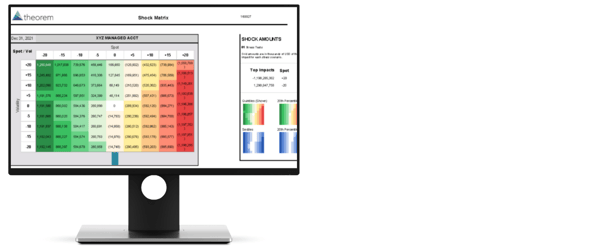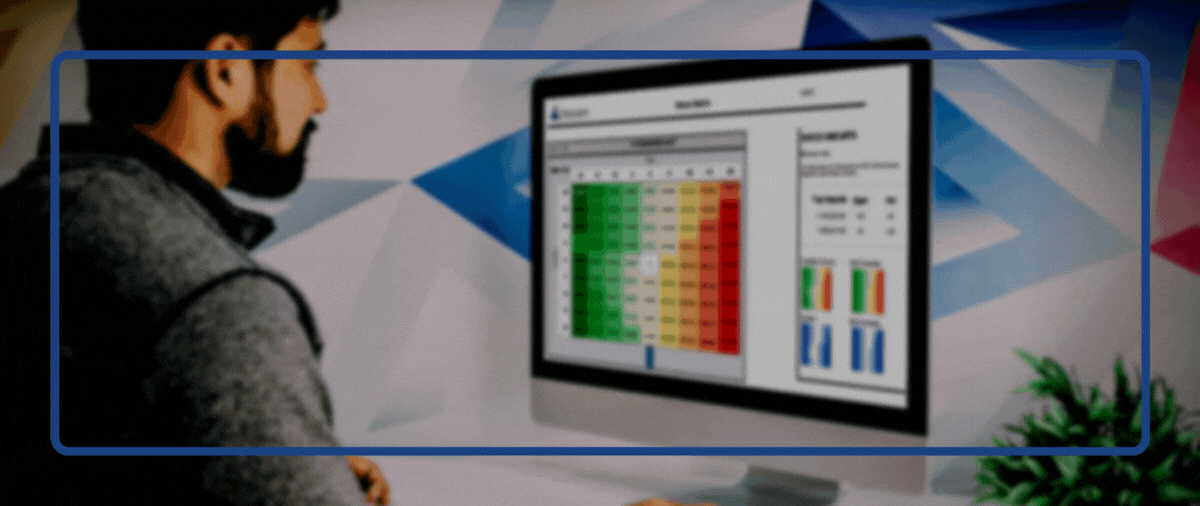Variable market conditions impact firms in more ways than performance alone. In addition to investment opportunities, unstable market conditions can help firms identify needs and determine project priorities.
During periods of increased volatility and volumes, teams need to focus on daily functions that ensure risks are mitigated. These daily functions include being diligent in processes like:
- Ensuring trade breaks are caught and resolved
- Confirming margin calls are received, independently verified, and met on a timely basis
- Guaranteeing underlying investors have access to information.
Here at Theorem, we recognize the importance of having back-office teams keep processes operating during these periods (particularly when they coincide with summer holiday schedules), but these same teams must keep track of processes that exhibit tension, too. When time permits, these teams should “circle back”, address, and improve resiliency. Ultimately, stress scenarios help identify weak processes that need to be re-designed.
Once teams have identified their weakest processes, we commonly hear next, “when is the right time to invest (from a human capital and technology perspective)?” Although there may never be an ideal time, we echo the sentiment seen commonly in public discourse as of late – bear markets and economic downturns are great times to “put our heads down and build”.
For middle to back-office trading ops teams, building means taking a closer look at the following processes:
Matching ensures accurate participant position across internal systems
Matching ensures that a participant’s positioning is known and true across internal systems, clearing broker transactional systems, and ultimately clearinghouse records. It also allows for proactive action – thereby reducing the likelihood of incorrect margin calls, reporting, and delivery risk. For more on matching, please download our Free Guide here.

Risk Analytics is critical to participants in multiple ways.
The most obvious of which is portfolio risk management. Tools that enable a firm to understand the impact of different potential market scenarios enable users to thoughtfully construct portfolios. They also come in handy from an operational and treasury perspective, allowing users to validate margin requirements and proactively plan for changes in portfolio construction.
Reporting is only useful if it makes sense to the user consuming it.
While standardization is an aim of Theorem, and the futures industry more broadly, we’re still at the point where brokers present information in different formats and without customization capabilities. Theorem’s reporting tools collects data across counterparties, standardizes it, and raises it in a manner that makes the most sense to the user. On top of presentation, Theorem’s tools employ intelligence to catch and flag anomalies in underlying data in pursuit of delivering actionable insights.
Firms should use times like these to assess weaknesses and take corrective actions to implement solutions that’ll better position them to manage future volumes and volatility. In fact, Theorem will be using this time to make significant updates to our platform to better support the needs of our clients. More details of our plan will be shared on this in the coming months. In the meantime, we look forward to working with you toward your goals, and as always, don’t hesitate to get in touch to learn more.
Schedule some time with us to discuss this insight further or learn about the ways in which Theorem can help elevate your post-trade processes.
Like what you read? Provide us your email and we’ll send you the latest insights, videos, and e-books built by us and thoughtfully-designed to help you focus on your core business, straight to your inbox.
